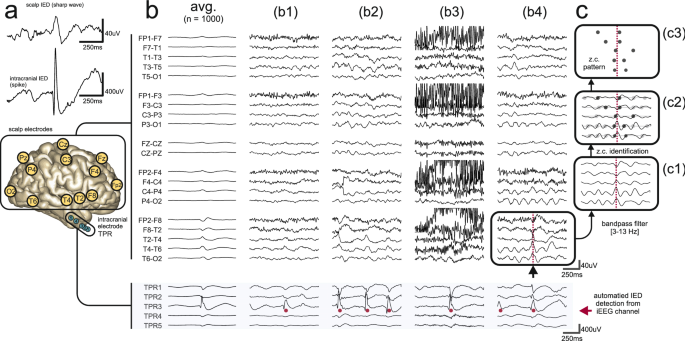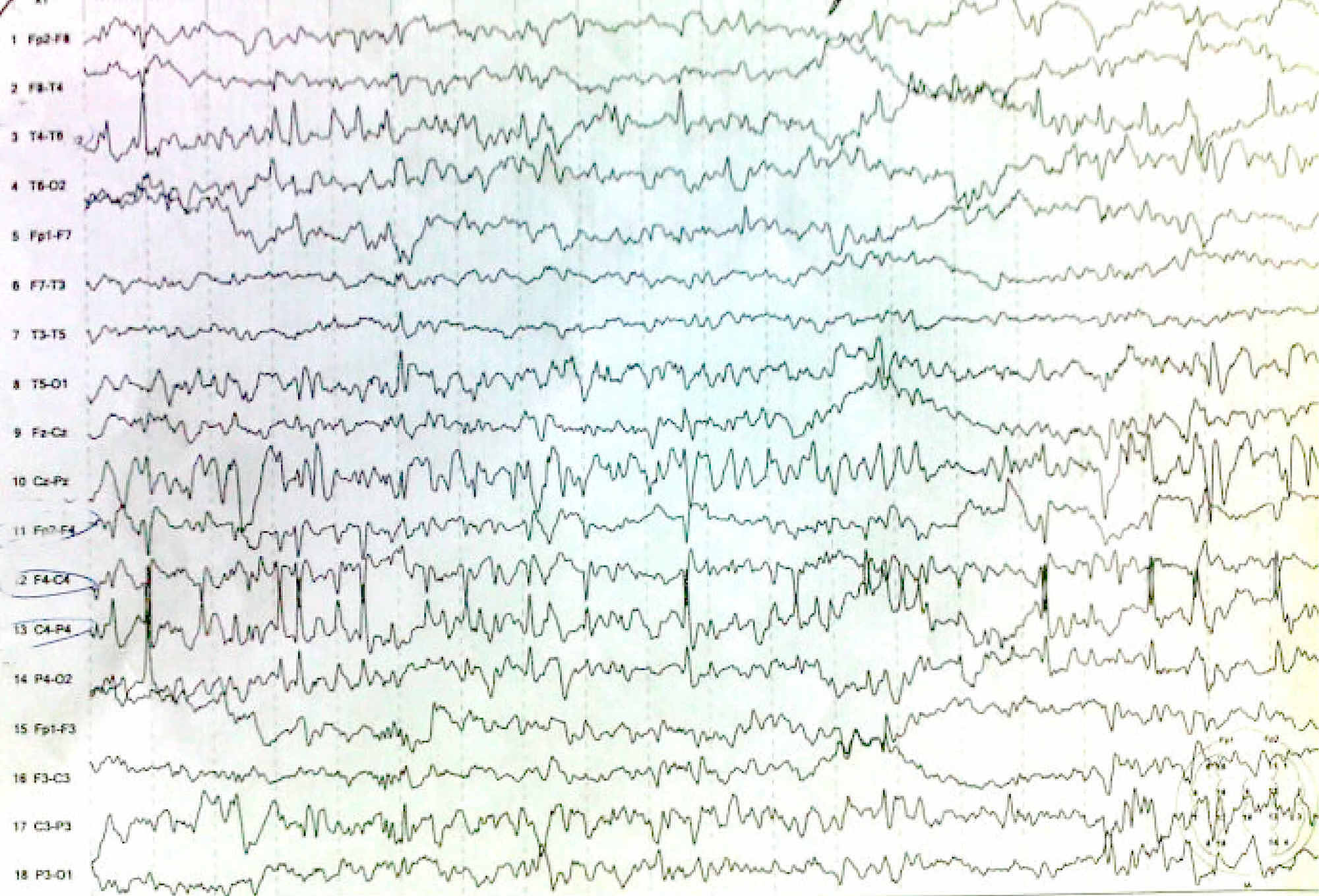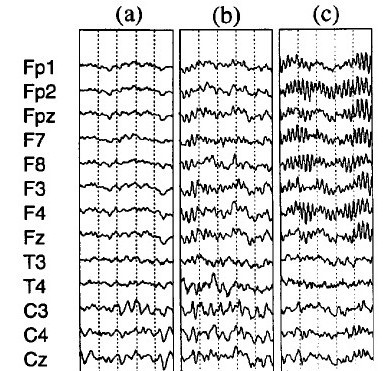

These EEGs use video to capture seizure activity. In some instances, a person may undergo a 24-hour EEG. They may ask you to lie still, close your eyes, breathe deeply, or look at stimuli (such as a flashing light or a picture).ĭuring the test, very little electricity passes between the electrodes and your skin, so you’ll feel very little to no discomfort. The technician may instruct you to do certain things while the test is in progress.

This machine converts the electrical impulses into visual patterns that appear on a screen.

Factors that could interfere with an EEG reading Some people may not be able to hyperventilate safely, such as people with a history of stroke, asthma, or sickle cell anemia. Hyperventilation is also commonly induced during an EEG to produce abnormalities. The technician performing the EEG is trained to safely manage any situation that might occur. When someone has epilepsy or another seizure disorder, there’s a small risk that the stimuli presented during the test (such as a flashing light) may cause a seizure. If an EEG does not produce any abnormalities, stimuli such as strobe lights, or rapid breathing may be added to help induce any abnormalities.


 0 kommentar(er)
0 kommentar(er)
